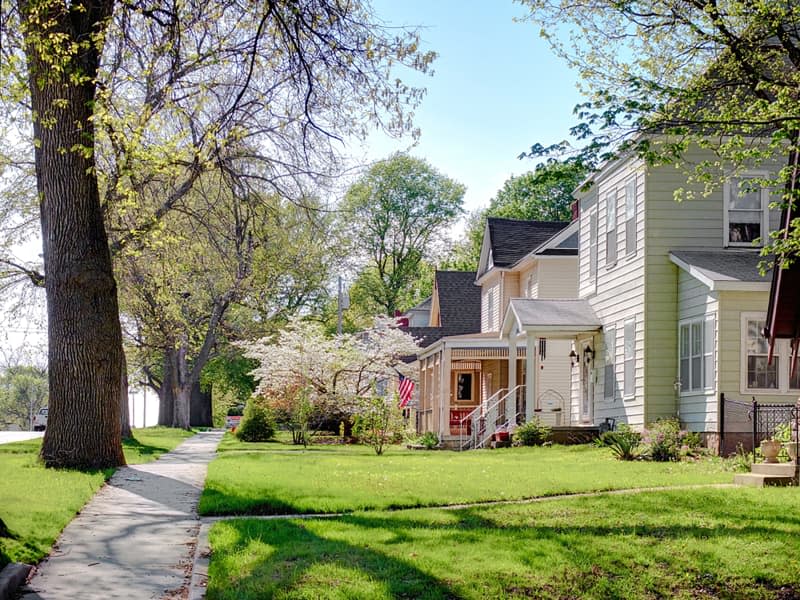4 Ways to Ensure You’re Buying in the Right Community for You

When I began shopping for a new home in 2017, one of the most important things I was looking for was a sense of community. I had visions of my children growing up in a small town where everyone looked out for one another, where things like the schools and parks were close and safe enough to walk to and from. I wanted neighbors who would pop over for a drink, and it was also very important to me that whatever town we lived in would look as diverse as the world around us, and include people from all racial and economic backgrounds. Essentially, I wanted a unicorn.
While the community we ended up in checked some of these boxes — we do walk the neighborhood daily, but there are no sidewalks — there are some things that were more important to me than I realized and I wish I would’ve had a better sense of what I was truly looking for before I bought my home.
I asked a community building expert how I could avoid making the same mistakes next time I move by finding out what exactly I should be asking myself about my wishes before I consider another home. Here’s what they had to say.
Visualize what you want.
While I thought I had a good idea of the things I wanted, I should’ve been looking at prospective neighborhoods with a degree of intention, says Nikki Innocent, advanced certified women’s leadership and gender aligned leadership coach; diversity, equity, and inclusion strategist. “Start by approaching this exploration with a lens of play,” she suggests, adding that visualization exercises can help you transport yourself to your ideal home and community in your mind.
“If you can, take about 15 to 20 minutes to journal what your home and community would be like, what you’d like for it to bring into your life and how you’d like to engage in your community,” she continues. “Picture your home on a bright sunny day about six months after you’ve moved in: What would a day in your life living there be like?”
Trust your gut.
Of course, Innocent says nothing is a better indicator of how you’ll feel about a neighborhood than your own physical reaction. “Your body knows what’s resonant to you oftentimes before your intellectual mind does,” Innocent says. “It can tell if a place is a good fit for you, it also remembers and can notice aspects of a place that might not be obvious in a standard house tour.”
While the mothers pushing strollers to the park and vibrant garden growing across the street from the house we ultimately ended up moving into gave me the warm and fuzzies, I did have concerns about the two busy roads that cut through our neighborhoods, separating us from retail locations and preventing us from being able to truly live in a walkable town — and I wish I would’ve listened to my gut.
Ask yourself what home looks like to you.
Innocent says tapping into your senses can also help you determine what your ideal neighborhood will look like. “What does it feel like, sound like, smell like? If you are visiting a potential new home, are there aspects of the home that remind you of other places and times in your life?” she asks. “If so, are they good memories? Are there any core memories in your life that felt like home to you? See if you can find something that drums up those same feelings.”
Our top choice town smelled like the neighborhood where my grandparents lived when I was growing up. It immediately brought back wonderful memories and made me feel safe and comfortable, which was one of the reasons I fell in love with it.
Don’t forget to visit your local shops.
Your community is more than just the people and homes on your street — it’s also all of the local places you’ll be visiting in your day-to-day life, which is why Innocent suggests doing these same exercises all around your potential town.
“I’d recommend to do the same embodied survey of the places you’ll frequent a lot — the grocery store, community gathering spaces, etcetera,” she says. “And if you can, see if you can chat with a neighbor to get a sense of what their experience has been living in that home/neighborhood, what they love, what they wish were different, how they’d describe the essence of the neighborhood.”

